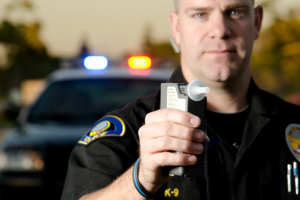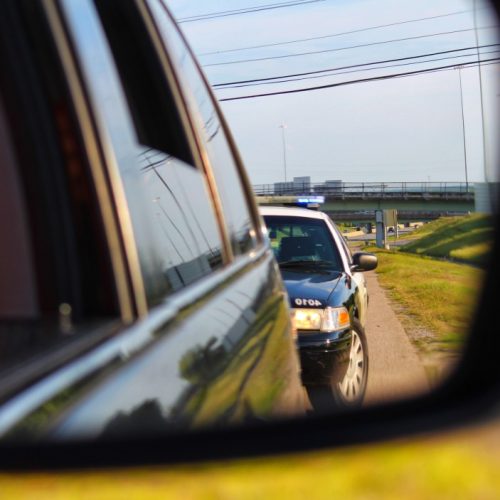Common Issues With Field Sobriety Tests
Field sobriety tests are used by police officers to evaluate a driver’s level of intoxication. Field sobriety tests are often used in conjunction with a Breathalyzer, which measures the amount of alcohol in one’s breath. Although field sobriety tests are commonly used in all 50 states, they are not always accurate. Officers may mistakenly arrest drivers for driving under the influence of alcohol or drugs when the driver is not actually intoxicated.
The horizontal gaze nystagmus (HGN) test
When an officer asks a driver to complete the horizontal gaze nystagmus test, the officer is studying the driver’s eyes. When someone looks to the side at a high angle, the eyes will exhibit an involuntary jerking movement. However, when someone has consumed alcohol, this reaction may be detected when the driver looks to the side at a lower angle. In addition, after drinking, a driver’s gaze will not follow an object smoothly. Instead, the jerking movement will be apparent. When administering this test, the officer will have the driver follow an object, such as a flashlight, using only his eyes (not moving the head from one side to another).
However, there are other conditions that may cause a driver’s eyes to move involuntarily. For example, certain seizure medications may cause the jerking reflex. Some congenital conditions also cause an individual’s eyes to move involuntarily.
The walk-and-turn test
The officer will ask the driver to take nine steps in a heel-to-toe fashion. After counting the nine steps out loud, the driver must turn on one foot and return to the starting point in the same manner. The officer will watch the driver closely to see how well he can balance while walking. If the driver takes the wrong number of steps, turns incorrectly, takes the steps incorrectly, or uses his arms to balance, the officer may note these factors as signs of impairment.
There are several reasons why a person may fail the walk-and-turn test. The type of shoes drivers are wearing may impact their ability to walk in a heel-to-toe manner. Physical conditions, such as obesity, middle ear issues, or back and leg problems may also limit how well the driver can take the test. Further, the test must be given on a level surface.
The one-leg stand test
With the one-leg stand test, the driver is told to stand with one foot roughly six inches above the ground. The driver must then count upwards starting with one thousand. The driver must hold the foot above the ground while counting for thirty seconds. Again, the officer will watch the driver closely to see if the driver has any trouble balancing. The officer will also note if the driver counts incorrectly.
As with the walk-and-turn test, there are physical conditions that may impede a driver’s ability to complete the test correctly. Leg conditions, back conditions, knee conditions, and hip conditions are just a few. The elderly and those who are overweight will also have trouble.
What happens if you failed a field sobriety test?
If you failed a field sobriety test, you may be able to argue that the test was administered improperly. If the officer did not give you proper instructions, or if other conditions hindered your ability to complete the test, you may have a strong argument in court.
Contact our attorneys to build a strong defense in your DUI case
The DUI attorneys at the De Bruin Law Firm are experienced and aggressive. Our attorneys fight to protect our clients’ legal rights. To schedule a free case review, call (864) 372-2896.











